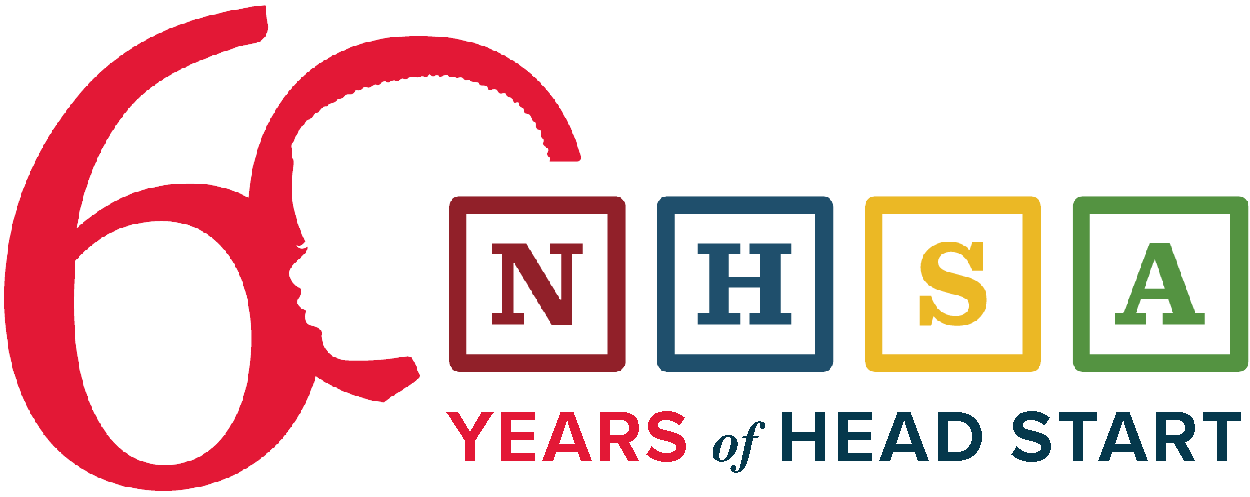The digital divide-the economic, educational, and social inequalities between those who have computers and online access and those who do not-starts early and especially impacts families with low incomes, families in rural communities, and Black and Hispanic households.
NHSA Position
- We advocate for inclusion of Head Start programs as eligible beneficiaries in the federal E-rate program and Emergency Connectivity Fund.
- We endorse efforts in Congress and at the FCC to improve rural and tribal broadband access.
- We support the development of state digital equity plans that are inclusive of the needs of young children and families with low incomes.
- We support the National Digital Inclusion Alliance in raising awareness about the federal Emergency Broadband Benefit (EBB), which lowers high-speed internet costs for families, through our partnership with EBB Para Mi.
Digital Equity for Head Start Parents
Digital lives are all encompassing, from taking classes online or applying for jobs, to banking virtually or looking up a bus schedule. One study found that 79% of American adults have used online tools and resources to find jobs.
Digital Inclusion for Head Start Children
Appropriate early technology use helps to ensure children are keeping up with their peers as they transition to a K-12 setting. Specifically, the American Pediatrics Association found access to technology increases self-efficacy in math and science of low-income, minority children.
Four Ways Head Start Can Build Digital Equity and Inclusion
- Connect families to broadband internet supports and devices. Head Start programs are able to provide onsite internet access to families, extend device access to families and connect them to subsidy programs, such as the EBB.
- Promote age-focused use of technology to parents of enrolled children. Parents of young children have identified three groups they trust to offer technology advice: pediatricians, family members, and early childhood teachers. Head Start staff can set expectations about age-focused technology use, guide families toward healthy digital practices, and promote internet use to advance kindergarten-readiness skills.
- Nurture digital literacy, including how to protect children online. Digital access is only as valuable as digital literacy. Head Start programs can support parents to engage in online banking, job searches, benefits access, and the like. In addition, a recent study found 72% of parents with children under age six reported concerns about technology use. Head Start programs can help families learn how to protect family privacy and guard children from censurable content.
- Equip Head Start staff to use and guide technology use. Nationwide, there are over 250,000 Head Start staff. As key supporters of child and family development, their own connection to devices, high-speed internet, and digital literacy is key to promoting the goals of Head Start. Staff training, expanded device access and home connectivity are all key components of equipping Head Start staff.
Head Start: Uniquely Positioned to Create Digital Equity
Digital equity is when all individuals and communities have the information technology capacity needed for full participation in our society, democracy, and economy.
Related Content
